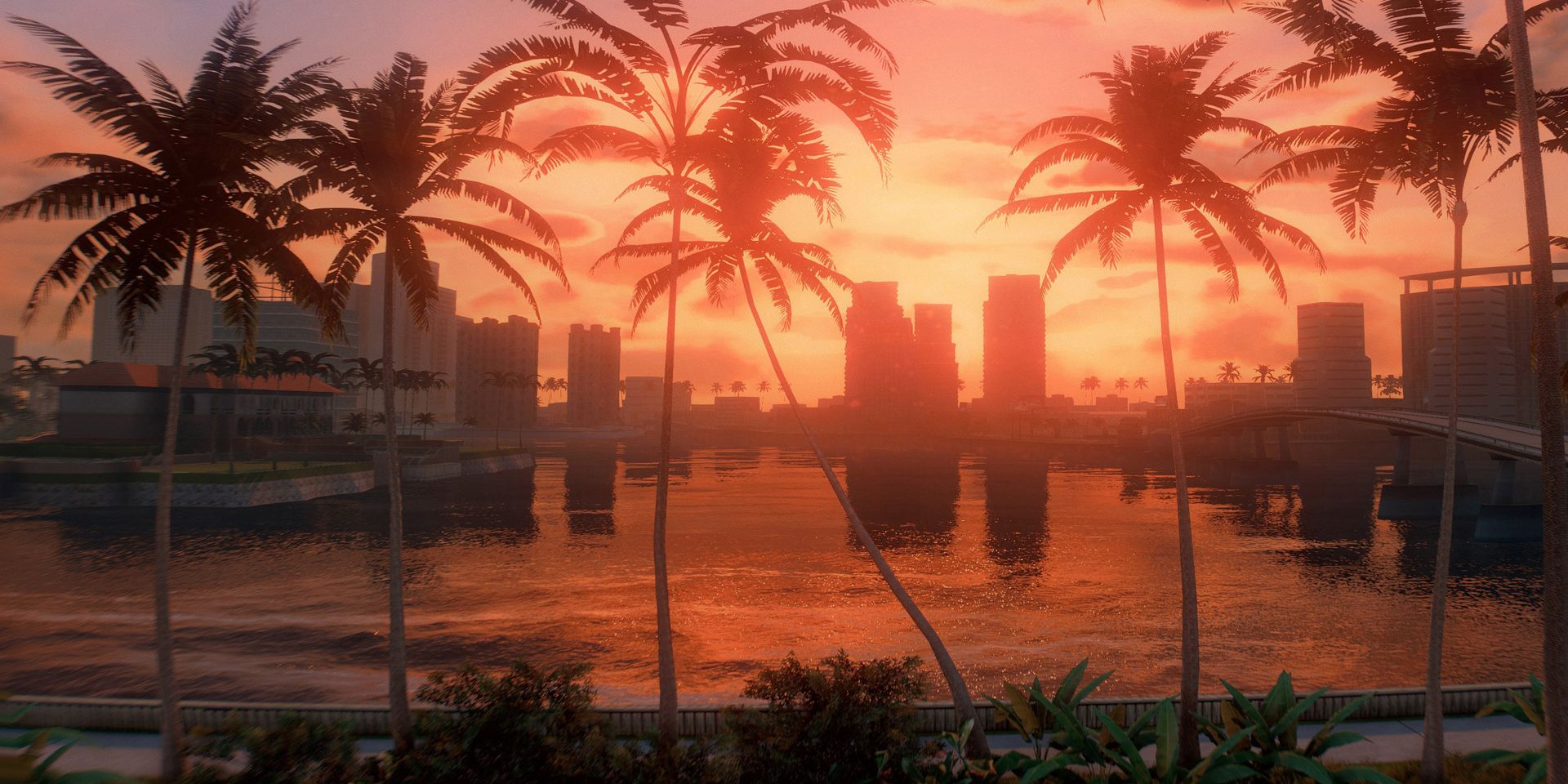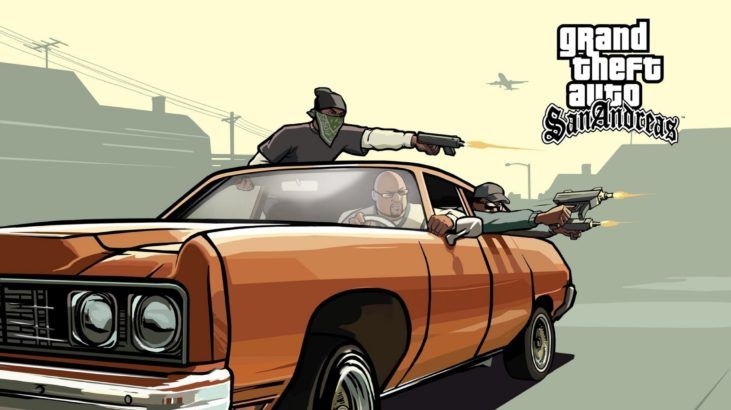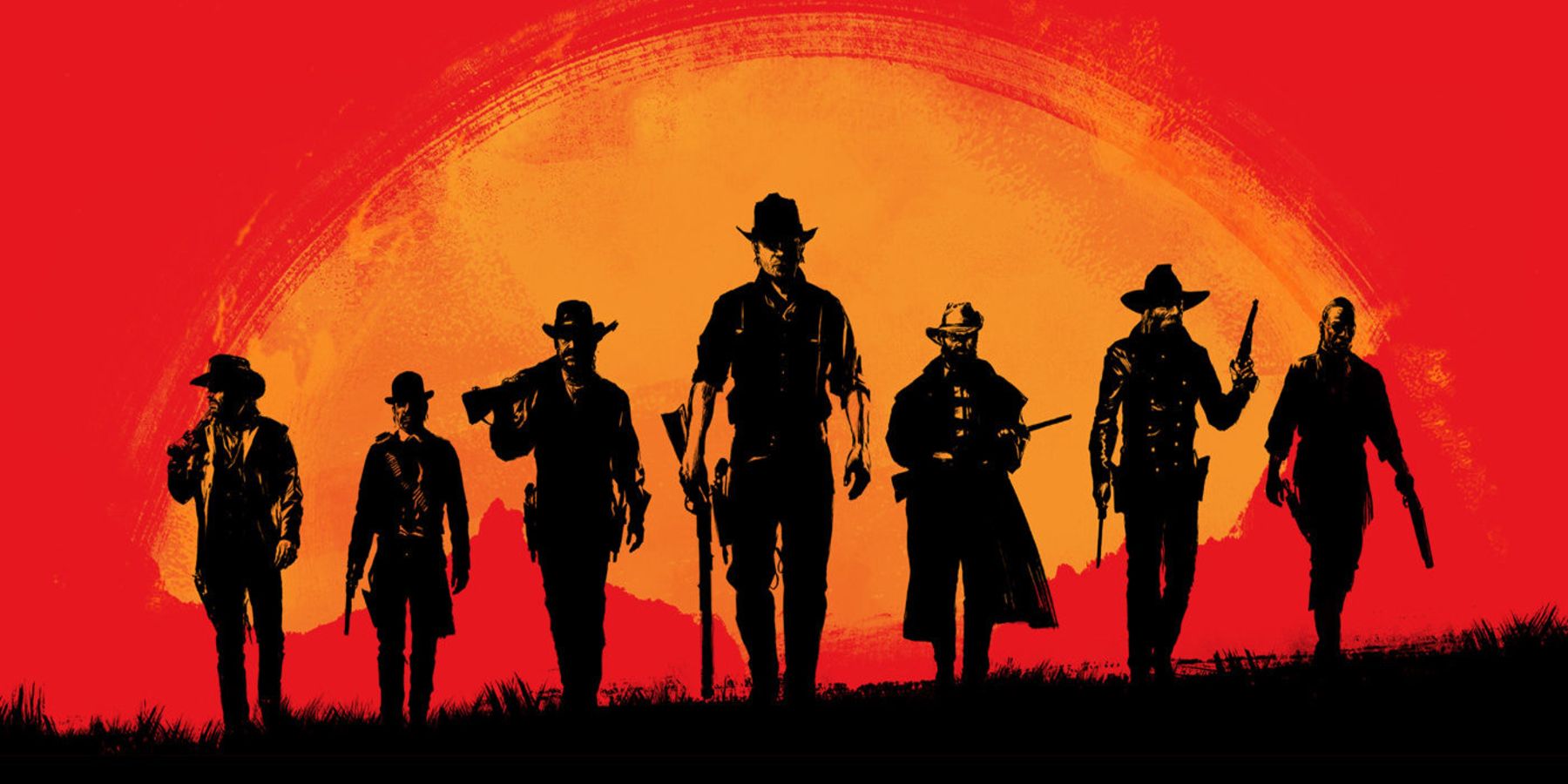Rockstar Games covers a variety of genres: first-person shooters, RPGs, action-adventures, racing, and more. Each title in its catalog has a unique world that feels immersive for the player, particularly its open-world titles. Open-world games mimic the reality of being able to explore an environment, allowing players to interact with characters, buildings, and real-life systems as one would in real life. The player embraces a sense of freedom and builds a life for their character without considering the boundaries of the real world.
Grand Theft Auto 3 encapsulated this by including safe houses where the player could store vehicles in private garages. Every Grand Theft Auto installment released after GTA 3 (and other Rockstar titles) also include privately owned properties. In earlier Rockstar games the safehouses were simplistic properties unlocked by completing missions, but they later progressed into realistic and interactive spaces purchased with virtual money. Rockstar’s more recent releases feature a real estate market with high-end properties sitting at costly prices, providing the player with an incentive to earn money by completing missions and purchasing income-generating assets.
RELATED: Grand Theft Auto: The Trilogy May Be Releasing in December
Grand Theft Auto

Grand Theft Auto 3 features three safehouses (then known as hideouts) that are unlockable as the story progresses (this is also the case for Grand Theft Auto: Liberty City Stories). Each safehouse includes a garage for Claude to store his vehicles, a save point, an option to lower the player’s wanted levels, health, and a selection of weapons. The interiors of these safe houses are uncomplicated, showing only necessities such as a bed, cooker, and a fridge. All of Claude’s safehouses show up as a purple house icon on the map.
Grand Theft Auto: Vice City, released for Playstation 2 in 2002, is the first installment in the popular series to introduce assets and safehouses the player can buy with in-game money. There are a total of nine assets the player can purchase across the map, including a boat yard, ice-cream factory, and car show room, with the most expensive asset being the “Malibu Club” worth $120,000. With the profit one can make from these assets, players have a selection of nine safehouses to choose from, ranging from the “Skumole Shack” worth $1,000 to the “Hyman Condo” worth $14,000. Like in Grand Theft Auto 3, Tommy’s safehouses feature a save point, wardrobe, and usable garages.
Grand Theft Auto: San Andreas was a huge step up in terms of the number of properties available to purchase. Excluding the safehouses unlocked for free after completing missions, players can find thirty properties for sale across the map, including beach houses, apartments, hotel suites, and two-story houses, ranging from $6,000 to $120,000. The interior of Carl’s safehouses do not seem to have improved much from GTA: Vice City, with their primary features being a garage, save point, and, in the Johnson House, a wardrobe. While for sale, these properties are displayed as a green house icon on the map; once purchased, they show up as a floppy disk. There are ten assets available for purchase in Grand Theft Auto: San Andreas, with players having the option to manage their own airstrip. These assets generate a decent income for the player and help contribute to purchasing high-end real estate.

Although Grand Theft Auto 4 offers only five safehouses to purchase, it seems Rockstar Games opted for quality over quantity, with the interior layout and functionality of these properties noticeably improved from its predecessors. Much of this is down to better graphics and game development technology, but the amenities offered make Niko’s safehouses more than just a saving point. Properties now include functioning televisions, the option to save a game by approaching the bed rather than a rotating floppy disk, and private parking spaces instead of garages. The realistic room designs of Grand Theft Auto 4, with its twenty-first century decor, resemble something closer to The Sims than previous GTA installments.
RELATED: Grand Theft Auto Fans Are Calling for More GTA Remasters After Trilogy Announcement
The cartoonish world of Grand Theft Auto: Chinatown Wars sees even grander advancements in property interiors, which the players can view before buying. This entry in the Grand Theft Auto series brings in a touch of modern-day living, with the added novelty of signing the deed on the same device used to view the property. Although this installment is more animated than previous titles, Rockstar Games gives purpose to in-game living spaces by adding stash boxes to hide money and drugs, allowing players to remove wanted levels by sitting on chairs or sofas, and creating the realistic effect of time passing by moving the game forward six hours once players exit the property.
The latest installment in the series has a whole new level of in-game real estate. For the first time ever, Rockstar Games introduces an online mode, in which players can partake in missions, mod vehicles, run businesses, launch heists, and even buy their own properties via in-game smartphones. Within the realistic open world of Grand Theft Auto Online, players can indulge in the fantasy of living in an apartment worth $1,100,000, or hunker down in a Sandy Shores shack barely worth $100,000. Compared to GTA: Vice City where safehouses merely provide a place to save game progress and change outfits, the eighty-plus properties available in GTA Online offer all the quirks of everyday living, from pouring a glass of wine, peering through a telescope, watching TV, and even managing heists.
Red Dead Redemption

Set a century before the gang wars of Los Santos, Red Dead Redemption offers a glimpse into the cowboy-run world of North America. Although towns are small and technology is light, this gun-slinging world is not without its own selection of real estate to purchase - at significantly cheaper prices than in the Grand Theft Auto series. The array of properties available to the player differ between western-style houses, tiny rooms fitted with basic furniture, farm outbuildings, and a secluded cabin in the forest complete with an open fire and bear-skin rug, with prices stretching from $50 to $200. Players can also rent rooms for $5 per night. These safehouses are used by the player to save game progress and access John’s wardrobe; there are also hitching posts outside to tether up John’s horse.
From the bare, pixelated rooms of Grand Theft Auto 3 and secluded cabins of Red Dead Redemption, to the customizable high-end estates of Grand Theft Auto 5, Rockstar Games has revolutionized the concept of in-game real estate. With players having the option to browse through properties on virtual smartphones, its games really do emit a sense of reality that can perhaps be too immersive at times.

